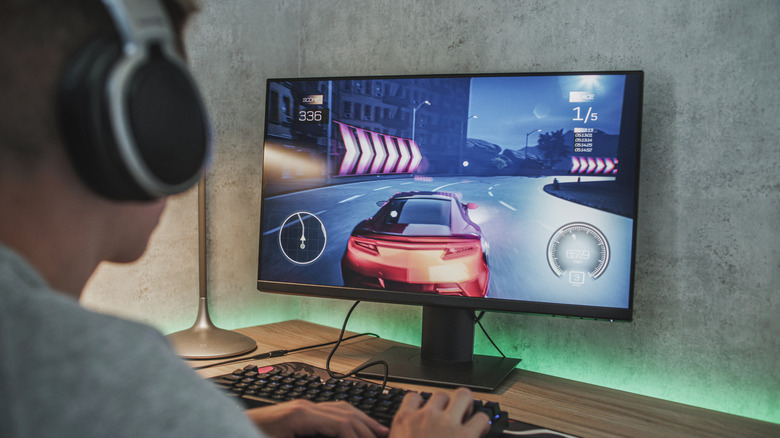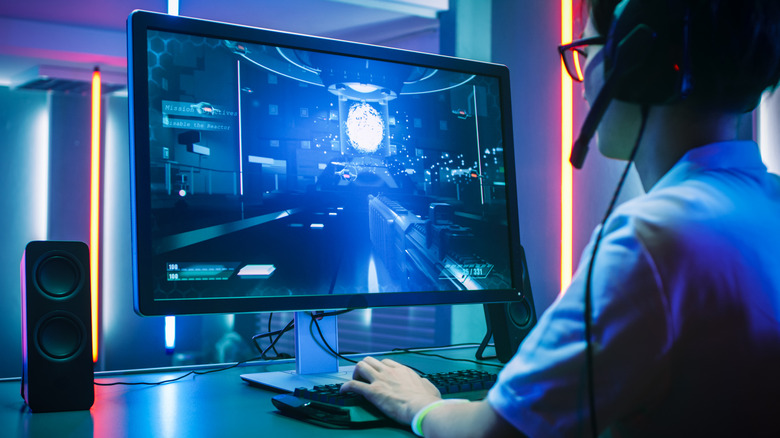Do Nvidia Graphics Cards Work With AMD FreeSync?
Luckily, FreeSync is compatible with Nvidia cards. FreeSync, like Nvidia's G-Sync, activates variable refresh rate technology. This will have the monitor adjust its framerate to what is on screen to reduce screen tearing. However, there are some stipulations to harnessing FreeSync.
Not all FreeSync monitors will work with Nvidia cards. You can check the official Nvidia compatibility list to see if your monitor is eligible, as these monitors will specifically have FreeSync Compatible listed next to them. If your monitor is not among those on the list, there's still a chance it can make use of FreeSync. However, there may be some hiccups you experience when using the feature.
You also need a relatively modern graphics card: GTX-10 series, 16-series, and RTX 20-series and newer cards can make use of variable refresh rate. For most monitors, you will need to use a DisplayPort 1.2 or higher connection to pair it with your graphics card. However, in recent years, HDMI options for FreeSync have become more prevalent, but they are still uncommon. Check your monitor's manual to see what port you need to use for FreeSync.
How to use FreeSync with an Nvidia card
The first step is to activate FreeSync on your monitor. This setting can be found in your monitor's On-Screen Display (OSD) menu. The menu will look different depending on your monitor's manufacturer, so you may need to poke around to find it and turn it on. Once that's done, you need to activate Variable Refresh Rate on Windows, following the instructions below.
- Right-click on your desktop, and select Display Settings in the drop-down menu.
- Select Graphics under "Related Settings."
- Click on Advanced Graphics Settings.
- In the drop-down menu, ensure Variable Refresh Rate is set to On.
Next, you need to fiddle with the Nvidia Control Panel to complete the setup. Here's what to do:
- Launch the Nvidia Control Panel.
- Select Manage 3D Settings.
- Click the drop-down next to Monitor Technology.
- Select the G-Sync Compatible option if it is not already on.
Now you can enable G-Sync and adjust your settings by following these directions:
- On the settings tree on the left side of the Control Panel, click Set up G-Sync. (If these settings are not available, you may not have FreeSync activated in your monitor settings.)
- Check Enable G-Sync, G-Sync Compatible.
- Check Enable for Full Screen Mode or Enable for Windowed and Full Screen Mode based on your preference.
Now FreeSync should be fully activated. If things still feel choppy, make sure your monitor is set at its highest possible refresh rate and V-Sync is on in the Nvidia Control Panel.

